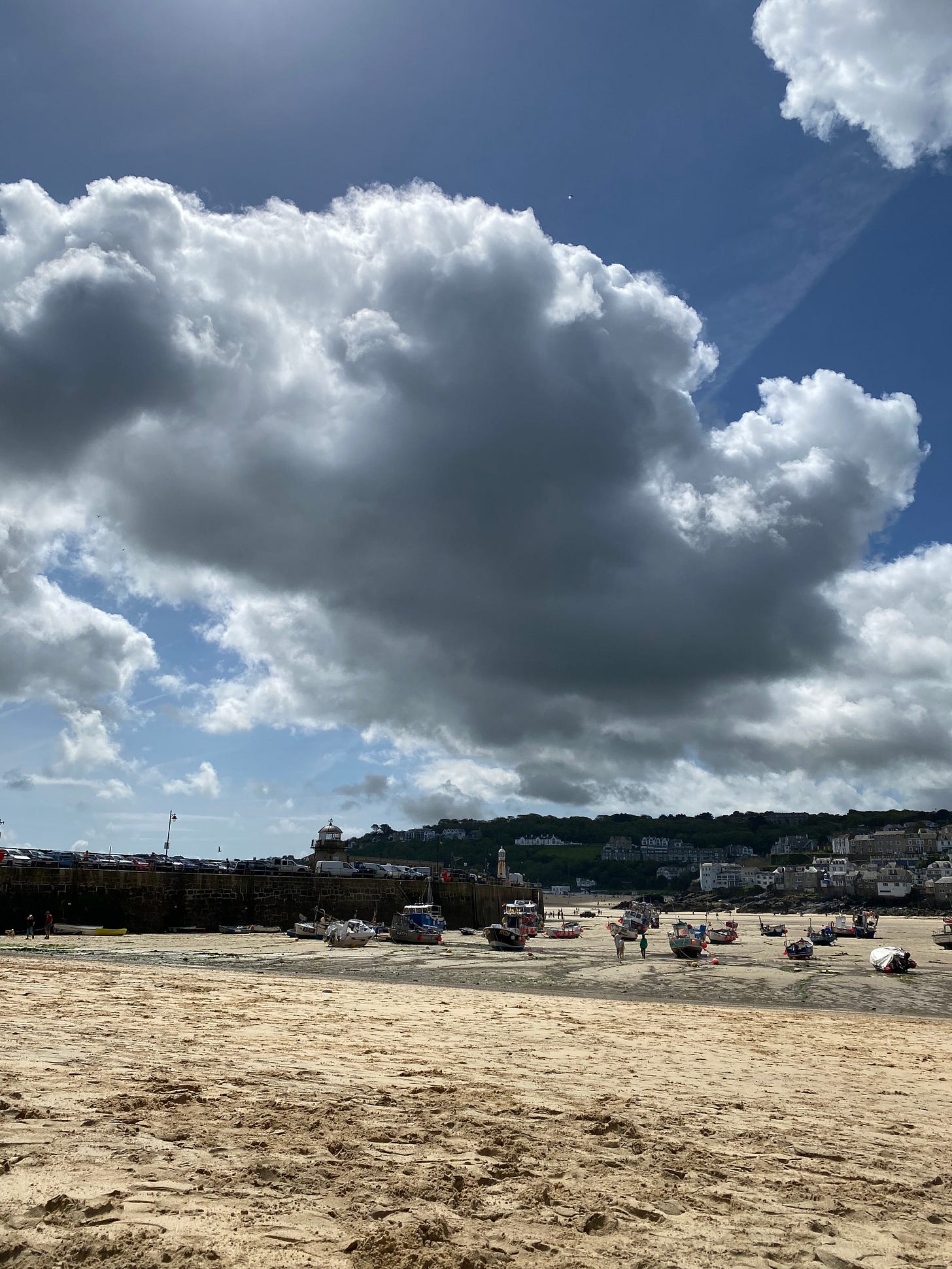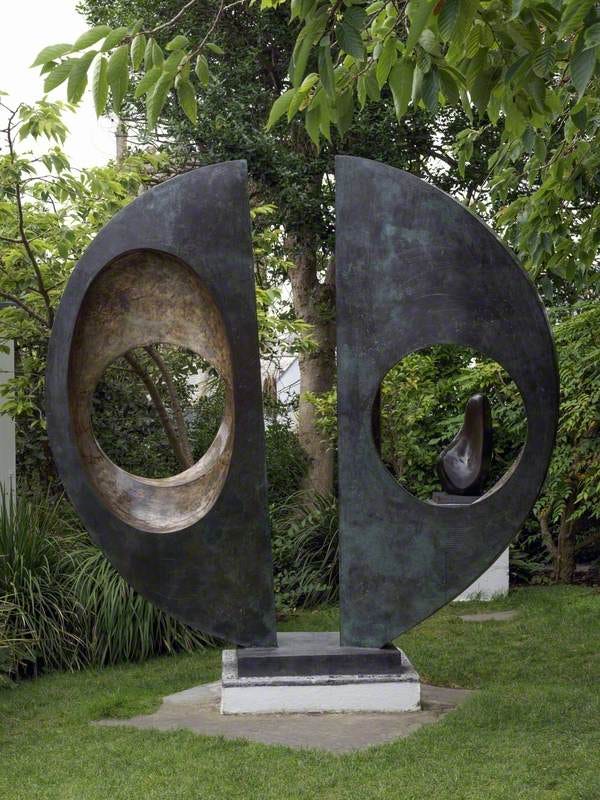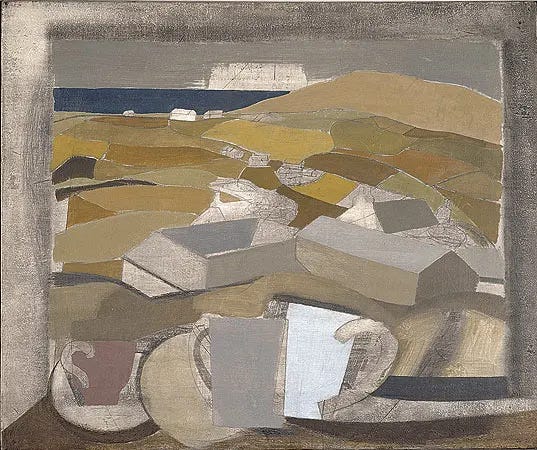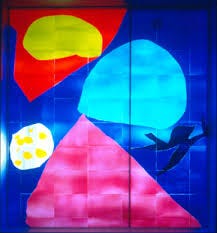Lonely Robot Theme is going paid, yay me! Nothing is going behind a paywall at the moment, but if would like to support me you can become a paying subscriber here . Many thanks, LRT.
So, before we get started let me set the seen and share a few photos of the beautiful St Ives, Cornwall.
Perched on the rugged coastline of Cornwall, the picturesque town of St Ives has earned a prominent place in the annals of art history, particularly as a hub for modernist artists seeking creative refuge. This idyllic seaside town, with its captivating landscapes and unique quality of light, has served as a magnet for artistic minds from the early 20th century to the present day. This essay explores the allure of St Ives as a haven for modernist art, delving into the lives and works of some famous modernist artists who found solace and inspiration in this enchanting coastal retreat.
St Ives boasts a breathtaking beauty that has long captivated artists and visitors alike. With its rugged cliffs, sandy beaches, and crystalline waters, the town offers an ever-changing vista that is a constant source of inspiration. The quality of light in St Ives, which shifts dramatically with the tides and weather, has become legendary in artistic circles, bathing the landscape in an ethereal glow that artists have sought to capture on canvas.
The seeds of St Ives' reputation as an artistic hub were sown in the early 20th century with the establishment of the St Ives School of Artists. Led by the likes of Alfred Wallis, a self-taught painter and retired mariner, the St Ives School embraced a unique and often naive style that celebrated the essence of the Cornish coastal landscape. These artists found inspiration in the town's traditional fishing boats, charming narrow streets, and the raw beauty of the sea, creating works that captured the spirit of St Ives in all its unfiltered glory.
St Ives rose to greater prominence in the mid-20th century when it became a refuge for artists from the British modernist movement, who sought solace in the town during World War II. Among them was the esteemed sculptor Barbara Hepworth, whose iconic works celebrated the relationship between sculpture and the landscape. Hepworth's art studio, Trewyn Studio, has since been transformed into the Barbara Hepworth Museum and Sculpture Garden, becoming a celebrated site of artistic pilgrimage.
Barbara Hepworth's husband, Ben Nicholson, was another leading figure in the modernist movement who found artistic sanctuary in St Ives. Nicholson was part of a collective of artists that included Peter Lanyon, Terry Frost, and Patrick Heron, known as the St Ives Group. This group explored the realms of abstract art and its connection to nature, responding to the beauty of Cornwall's landscape and the unique play of light. Their works have left a lasting impact on the modernist art world, firmly establishing St Ives as a pivotal location for abstract and modernist art in Britain.
The artistic legacy of St Ives as a haven for modernist expression lives on in the contemporary art scene. The town remains a vibrant hub for artists seeking inspiration from its natural beauty and rich artistic heritage. Numerous galleries and studios showcase the works of local and visiting artists, making St Ives a vibrant and creative community. As modernist artists from diverse backgrounds continue to explore and interpret the town's beauty in their work, the spirit of St Ives as a modernist haven endures.
St Ives, Cornwall, stands as a timeless haven for modernist artists seeking creative refuge. From the early 20th-century St Ives School of Artists to the modernist movement and contemporary creators, the town's allure has remained undiminished. Its captivating landscapes, ethereal quality of light, and vibrant artistic community have provided an inspirational environment for artists to explore and express their modernist visions. As St Ives continues to attract and inspire modernist artists from around the world, its artistic legacy thrives, a testament to the enduring power of nature's beauty and the indomitable spirit of artistic expression.
A little extra, about my favourite of the St Ives Artists.
Patrick Heron: A Master of Color and Abstraction.
Patrick Heron (1920-1999) was a renowned British artist celebrated for his pioneering contributions to abstract art and his mastery of color. Born in Leeds, England, Heron's artistic journey was marked by a relentless pursuit of innovation and a deep exploration of the expressive potential of color and form.
Heron's early artistic influences stemmed from his family's involvement in the textile industry, which exposed him to the world of color and pattern from a young age. He initially dabbled in figurative and representational art, but it was his encounter with the works of French Fauvist painters, particularly Henri Matisse, that sparked his fascination with color as a potent vehicle of emotional expression.
In the 1950s, Heron made a significant breakthrough in his artistic practice, transitioning to pure abstraction. He became a key figure in the development of British abstract art and played a vital role in the St Ives School of Artists. Heron's artworks during this period were characterized by vibrant, bold colors, rhythmic compositions, and intricate interplay between geometric and organic forms.
One of Heron's notable achievements was his ability to evoke a sense of light and space through color relationships. His canvases exude a radiant luminosity, as if the colors were vibrating with energy. By applying color in flat, even brushstrokes, Heron achieved a harmonious balance of hue and tone that immersed viewers in a transcendent visual experience.
Throughout his career, Heron's artistic explorations extended beyond painting. He delved into printmaking, textile design, and even writing, further solidifying his position as a versatile and influential artist. His essays on art and aesthetics provided valuable insights into his creative process and the philosophical underpinnings of his work.
In the latter part of his career, Heron's art evolved to incorporate larger, simpler shapes and a more restrained color palette. His works exuded a sense of contemplation and serenity, reflecting his ever-evolving perspective on the expressive potential of color and form.
Patrick Heron's impact on the art world extended beyond the canvas. As a renowned critic, he engaged in debates on modern art and served as a strong advocate for abstraction. His artistic legacy continues to inspire contemporary artists, and his influence on the development of British abstract art is deeply ingrained in art history.
Patrick Heron's contributions to abstract art and his mastery of color remain a testament to the power of artistic innovation and the profound impact that color can have on human emotion and perception. With his bold and vibrant canvases, Heron revealed the emotive possibilities of color, inviting viewers to embark on a visual journey into the boundless realm of abstraction. His legacy endures as a beacon of creativity, reminding us of the infinite potential of art to transcend boundaries and ignite the human spirit.














"The quality of light in St Ives, which shifts dramatically with the tides and weather, has become legendary in artistic circles, bathing the landscape in an ethereal glow that artists have sought to capture on canvas."
Delightful, and well captured by the photos/artwork and your words.
A lovely spot, Cornwall.
Thank you for this. I’m not certain how I feel about abstract art as I rather prefer natural scenes which show the interplay of light on water, light on light, light on shadow. It’s why I appreciate well done black and white cinematography. But your essay helps me appreciate and understand. This is a good thing.
The novel’The Shell Seekers’ was my introduction to the Cornwall coast--such a wonderful sense of place and time--and a book I’ve read and re-read.
Your wonderful essay is appreciated.